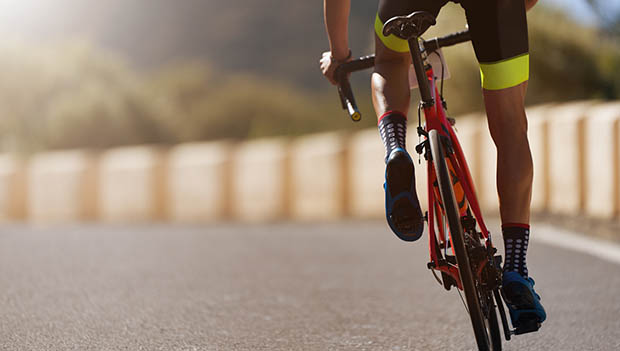
Although it's tempting to bring out your most fun--and maybe most expensive--gear on a regular basis, saving your race gear for race day is worth considering. You don't want to wear out or unnecessarily damage your go-to gear if you don't have to. Here's our take on how to keep your best gear in tip-top shape.
Do note that you should still break in your race day gear a couple times before toeing the line. You don't want any surprises on the big day.
Wetsuit
If you regularly swim in open water, consider using a different wetsuit while training. This will minimize the risk of tearing a hole in your wetsuit--not an uncommon occurrence--or jamming the zipper.
Goggles
Since goggles are relatively inexpensive, we suggest buying a second pair for training use, especially if you train in a pool where open water goggles are not needed. And, the experience of breaking a goggle strap while queuing up for the swim can be quite stressful--we know exactly how this feels! Minimize the chance of goggle failure by using a race day set and a practice set.
Helmet
Many aero helmets don't offer the same level of ventilation that standard road cycling helmets do, making them slightly less comfortable for training compared with a standard road cycling helmet. And, ultraviolet light from excessive sun exposure over several seasons of use can compromise helmet integrity. Most helmet manufacturers recommend replacing helmets every three to four years, depending on use. You can prolong the life of a helmet by saving your aero helmet for races.
Race Wheels
Among the top reasons to not use race wheels except on race day is risk of damage: You don't want to risk your race wheels being compromised in any way while on a training ride. Even the highest-quality wheels can come out of true while being ridden. It's OK to ride them once or twice before a race to understand how they handle, but for normal, everyday use we recommend a separate set of training wheels.
Race Tires
You don't want to wear down your race tires before race day. This could introduce the chance for flats and even more severe damage to your tires, like a catastrophic sidewall blowout while racing. Put high-quality race tires on race wheels, and ride them once or twice before racing but then save the rubber for race day.
Race Tubes
One of the most cost-effective bike upgrades are latex tubes. Latex tubes are less prone to flats, they can decrease tire rolling resistance, and also offer a ride feel that is superior to standard butyl tubes. But you don't want to unnecessarily risk getting a puncture or otherwise jeopardizing a tube's integrity by swapping it back and forth between training and race wheels. Install latex tubes in your race tires, mounted to your race wheels, and then use them on race day. Since tubes are relatively inexpensive, keep a set of spares in your on-the-bike pack, and a separate set for everyday use.
Running Shoes
After breaking in your running shoes, keep a separate set for race day only. This set might have "speed laces," and could be lighter than your everyday trainers. High-end running shoes may only last 200 to 300 miles (depending on the wearer's weight, running style and road surface), so you don't want to wear-out racers when not racing.
Race/Hydration Belt
Like inner tubes and goggles, hydration belts are relatively inexpensive as far as triathlon gear goes. Use a race day-only belt to ensure any elastics and other features on the belt stay fresher for longer, and are effective in retaining your hydration and nutrition.
READ THIS NEXT: 25 Essential Items for Your Triathlon Race Bag


